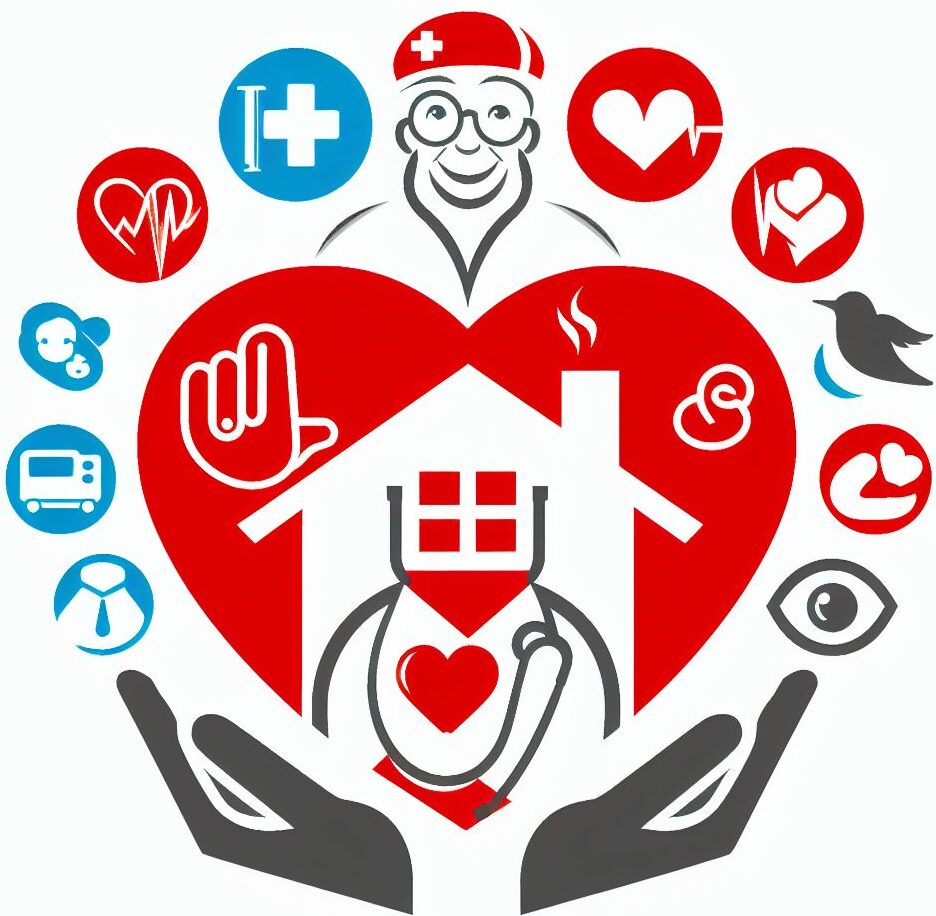Swallowing issues, otherwise called dysphagia, significantly impact the elderly, with ramifications that extend beyond mere difficulty in eating or drinking.
For example, this condition can lead to serious health complications, profoundly affecting an individual’s quality of life. The prevalence of dysphagia increases with age, affecting approximately 15% to 22% of the elderly population.
In addressing dysphagia among the elderly, it is crucial to understand its nuances, from recognizing early symptoms to navigating the complexities of diagnosis and treatment.
This article aims to offer a detailed examination of dysphagia in seniors, emphasizing the importance of timely intervention and comprehensive care.

Swallowing Issues in the Elderly | An Overview
Defining Dysphagia and Its Prevalence
Dysphagia involves difficulty in swallowing that may result from issues in any phase of the swallowing process, from oral preparation of food to its passage through the esophagus.
Among the elderly, dysphagia is not uncommon, with prevalence rates increasing with age due to the higher incidence of medical conditions that affect swallowing. This natural aging process can weaken muscle strength and coordination.
Impact on Quality of Life and Potential Risks
As mentioned before, the consequences of dysphagia extend far beyond the discomfort of swallowing.
It can lead to severe complications, such as malnutrition, dehydration, and aspiration pneumonia. Aspiration pneumonia is a lung infection that occurs when food, saliva, liquids, or vomit is breathed into the lungs instead of being swallowed into the esophagus.
Furthermore, the condition can have profound psychological effects, leading to social isolation and reduced enjoyment of life.
Common Signs and Symptoms
As a result, recognizing the signs of dysphagia is critical for early intervention. Symptoms may include:
- Coughing or choking during meals.
- A sensation of food being stuck in the throat.
- Regurgitation.
- And unexplained weight loss.
Therefore, observing these signs early can facilitate prompt medical attention and care.
The Importance of Early Recognition
Early detection and diagnosis of dysphagia are paramount in preventing complications and improving the individual’s quality of life.
In other words, timely intervention can significantly reduce the risk of severe outcomes and enable more effective management of the condition.
Common Causes and Contributing Factors
Dysphagia in the elderly is often the result of a combination of factors, including:
- Age-related changes: As people age, natural changes in swallowing muscles and reflexes may occur. These include:
- Reduced saliva production, which is essential for lubricating food.
- Decreased muscle strength, affecting the ability to chew and swallow effectively.
- And changes in the esophageal lining.
- Neurological disorders: Certain conditions can impair the nervous system’s control over the swallowing mechanism. Examples are:
- Parkinson’s disease.
- Multiple sclerosis.
- And stroke.
- Alzheimer’s disease and other forms of dementia can also contribute to dysphagia. For instance, it can diminish awareness of food in the mouth and the ability to initiate the swallowing process.
- Medications: Many medications common in elderly care have side effects that can exacerbate swallowing difficulties. These include dry mouth, altered mental status, and decreased muscle coordination.
- Lifestyle factors and Their Influence: Poor nutrition, dehydration, and lack of physical activity can exacerbate the condition. Likewise, smoking can contribute to esophageal and throat issues that complicate swallowing.
Diagnosing Swallowing Difficulties in Seniors
Healthcare Professionals Involved in Diagnosis
The diagnosis of dysphagia is a complex process that requires a multidisciplinary approach. Healthcare professionals involved typically include:
- Speech-language pathologists, who specialize in swallowing disorders.
- Geriatricians, who understand the complexities of aging.
- And gastroenterologists, who can assess and treat conditions of the gastrointestinal tract.
Moreover, each professional plays a unique role in assessing and diagnosing the condition.
Initial Assessments and Diagnostic Tools
Initial assessments often begin with a comprehensive review of the patient’s medical history and a physical examination.
This evaluation focuses on the muscles and nerves involved in swallowing in the mouth, throat, and neck region.
Diagnostic tests, such as videofluoroscopic swallowing studies (VFSS) and endoscopic assessments, help in visualizing the swallowing process and identifying abnormalities.
- Barium swallow study: A special type of X-ray where the patient swallows a barium-containing liquid that coats the swallowing tissues, making them visible on X-ray.
- Endoscopic evaluation: A flexible tube with a camera is inserted through the nose to view the throat and esophagus during swallowing.
- Swallowing function tests: Assess the strength and coordination of swallowing muscles.
Significance of Personalized Evaluation
A personalized approach to diagnosis, considering the individual’s medical history, symptoms, and lifestyle, is essential for accurate assessment.
This tailored evaluation ensures that the treatment plan addresses the specific needs and conditions of the patient.
Integration of Family History and Patient Input
Furthermore, incorporating family history and patient feedback into the diagnostic process can provide valuable insights into the condition’s progression and severity.
So, patient input is vital for a comprehensive understanding of the impact of dysphagia on daily life.
Treatment Options and Support Strategies
Non-Invasive Treatments and Lifestyle Modifications
Treatment for dysphagia in the elderly varies based on the underlying cause and severity of symptoms.
Managing it often involves non-invasive strategies, such as dietary modifications, swallowing exercises, and adjustments in eating and drinking techniques.
Additionally, speech and occupational therapy play crucial roles in treating dysphagia.
Options include:
- Dietary modifications: Adjusting food textures and liquid consistency to make swallowing easier and reduce the risk of aspiration.
- Swallowing therapy: Speech-language pathologists can provide exercises to strengthen the muscles involved in swallowing and teach techniques to make swallowing safer and easier.
These approaches aim to enhance safety and reduce discomfort during meals.
Surgical Interventions in Severe Cases
Surgical interventions may be necessary in cases where structural abnormalities or significant muscle dysfunction contribute to dysphagia.
These procedures can address underlying causes and improve the effectiveness of the swallowing process.
The Role of Caregivers and Support Systems
Support from caregivers is essential in managing dysphagia. This includes ensuring that dietary recommendations are followed, monitoring for signs of aspiration, and providing emotional support.
Tips for caregivers include serving small, frequent meals, ensuring a calm and focused eating environment, and encouraging hydration with appropriate fluids.
Recap | Swallowing Issues in the Elderly
Dysphagia in the elderly is a challenging condition that requires careful attention and management. Therefore, addressing swallowing issues requires a comprehensive approach that includes:
- Understanding the condition.
- Also, recognizing symptoms early.
- In addition to employing a multidisciplinary team for diagnosis.
- And implementing personalized treatment and support strategies.
Through these efforts, it is possible to significantly improve the quality of life for those affected by dysphagia.
Remember, neurological disorders like Parkinson’s disease, Alzheimer’s disease, and stroke can impair the coordination needed for effective swallowing.
Finally, eating and drinking are not only vital for physical health but also have important social and emotional roles.
As a consequence, this condition can lead to fear of eating and social isolation. For example, individuals may avoid eating in public due to embarrassment or fear of choking.
I hope “Swallowing Issues in the Elderly | Diagnosis and Treatment” has shed light on this condition that you or your loved one may be experiencing.
Please feel free to share your thoughts, questions, or comments below. I’d love to hear from you and will be happy to respond.
Veron | Entrepreneur | The Way 4WordEnterprises
Personal Recommended Resources:
Another Daughter TM | A senior care service for independent Seniors living in or around Raleigh, NC
